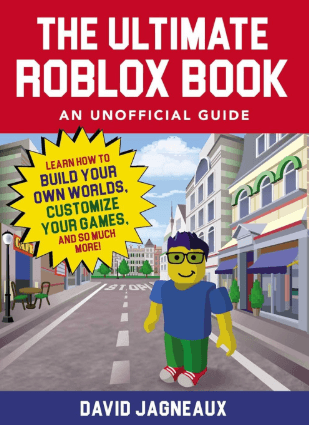Computer gaming has come a long way since the days of pixelated graphics and noisy modems. What began as a niche hobby for enthusiasts has transformed into a multi-billion-dollar industry that shapes culture, technology, and even social interaction. Let’s take a journey through time to explore how PC gaming has evolved over the decades—from the floppy disk era to today’s cutting-edge cloud gaming revolution.
The Early Days: 1980s–1990s
In the early ’80s, PC gaming was a humble pastime. Games were distributed on floppy disks—often one or two per title—and had to run on limited hardware. Popular systems included MS-DOS, the Commodore 64, and Amiga. Graphics were blocky, sound was simple, and gameplay relied heavily on imagination and storytelling.
Titles like Prince of Persia (1989), The Oregon Trail, and SimCity marked the dawn of computer gaming’s storytelling potential. Even then, gamers were exploring open-ended worlds and sandbox elements—just with a lot less RAM.
By the early ’90s, CD-ROMs began replacing floppies, allowing for larger games with full-motion video and recorded sound. Myst (1993) and Doom (1993) brought immersive visuals and fast-paced action that pushed PC capabilities to their limits.
The Rise of Graphics Cards and Online Play: 2000s
The late ’90s and early 2000s saw the birth of 3D gaming. Graphics cards from NVIDIA and ATI (now AMD) introduced hardware acceleration that made games look sharper and run smoother. This era gave us legendary franchises like Half-Life, Counter-Strike, The Sims, and Warcraft.
PCs became the home of first-person shooters, strategy games, and online RPGs like EverQuest and World of Warcraft. LAN parties became a staple of gaming culture, where friends would haul their towers and CRT monitors into one room for an all-night frag fest.
Another key development was the rise of broadband internet, which allowed for persistent online worlds and competitive multiplayer. This was the foundation for what we now know as esports and massive multiplayer environments.
The Steam Revolution and Digital Distribution: 2010s
The launch of Steam in 2003 by Valve transformed how gamers buy, play, and interact with games. Suddenly, digital downloads replaced physical discs, and indie developers gained access to massive audiences without needing a publisher.
Games became more affordable and more experimental. Titles like Braid, Limbo, and Hotline Miami paved the way for the indie boom. At the same time, AAA studios delivered cinematic experiences like The Witcher 3, Mass Effect, and Skyrim.
Mods, user-generated content, and early access programs empowered the community to shape games alongside developers. Gaming also became more social, with platforms like Twitch and Discord creating spaces for content creators and communities.
Today: The Era of Cloud Gaming and Cross-Platform Play
In 2025, the landscape of PC gaming is more advanced—and accessible—than ever. Cloud gaming services like NVIDIA GeForce Now, Xbox Cloud Gaming, and Amazon Luna allow players to stream high-end titles directly to any device, from Chromebooks to smart TVs, without needing expensive hardware.
Meanwhile, cross-platform play means PC gamers can team up or compete with console and mobile players seamlessly. Gaming has never been more connected.
Modern titles utilize ray tracing, AI-enhanced graphics, and procedural generation to create worlds that feel alive. Gaming rigs with RTX 40-series GPUs and ultra-wide 4K monitors deliver visuals once only seen in cinema.
Even virtual reality (VR) and augmented reality (AR) have entered the PC space, thanks to devices like the Meta Quest 3 and Valve Index, offering immersive, full-body gaming experiences.
Where Are We Headed Next?
Looking ahead, AI, VR, and user-generated content will play even greater roles. With developments in machine learning, games may adapt to your playstyle in real-time. You might even co-create stories and characters alongside generative tools.
And while the metaverse is still taking shape, the line between gaming, work, and socializing continues to blur. Games are no longer just entertainment—they’re platforms for creativity, community, and even income.




